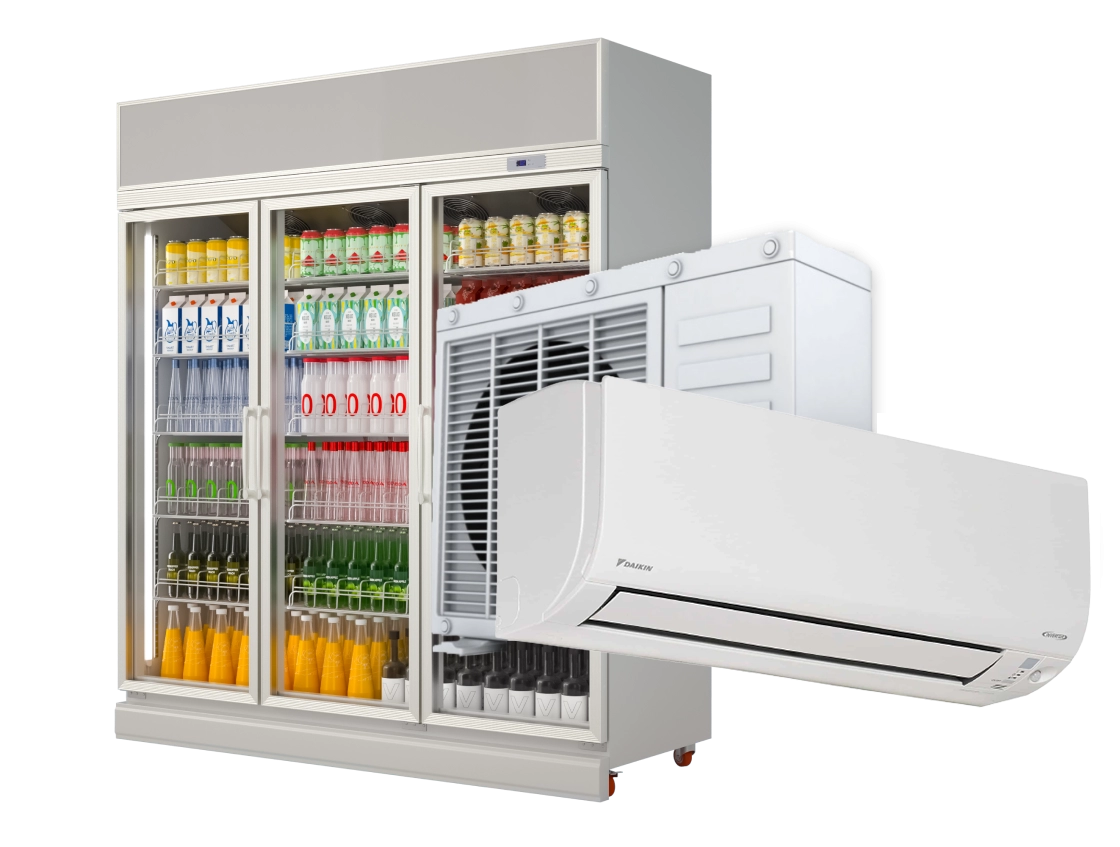Best Professionals Looking for Lasting Commercial Coolroom Services
The last thing you need when you're attempting to run a profitable business or lease out office space to a wide range of tenants is trouble with the heating, ventilation, and air conditioning system. Lack of maintenance on a commercial HVAC system can have serious consequences, interfering with normal business operations rather than fostering a pleasant, healthy atmosphere for customers, clients, or tenants.
Not
only that, but putting off maintenance on a commercial HVAC system can lead to
pricey fixes or replacements down the road. The commercial coolroom Perth service
has skilled technicians who are familiar with business HVAC servicing. We
recognise the value of routine inspections to ensure the efficient operation of
your business.
Learn
more about commercial HVAC systems, how they operate, and when you should call professionals
for service by reading on.
How Does an Industrial Air Conditioning Unit Function?
The
three components of commercial HVAC, heating, ventilation, and air conditioning
operate in tandem to meet the system's goal of creating a pleasant indoor
environment. This is the relationship between the three parts of a business
HVAC system:
·
Refrigerants are used by air
conditioners to lower the indoor temperature. This method also evaporates water
from the air.
·
Water, radiator coils, or gas
are just a few of the heating system components that are used to raise the
indoor temperature.
·
Ventilation systems employ
filters to clean the air and fans to move it throughout a building or room.
How Many Distinct HVAC Systems Are There?
Climate
control methods have varying degrees of success, depending on the
circumstances. To illustrate, the type of heating, cooling, and ventilation
system you choose will depend on the size and complexity of the area you need to
regulate the temperature of.
We've
covered the three primary types of commercial air conditioning Perth systems,
however there are numerous subtypes.
Totally Separated Methods
For
smaller business spaces, this is the most common HVAC system. Low-priced and
flexible, single-split HVAC systems heat and cool individual rooms
independently. However, a significant amount of room is needed to accommodate
both the indoor and outdoor components of this system. Consider upgrading to a
multi split system if you anticipate a high demand for several HVAC units.
Different Split Methods
Multi
split systems function similarly to standard split systems, with the exception
that nine indoor units can be linked to a single outdoor unit via inverter technology.
As a bonus, you'll be reducing your carbon footprint and saving room. By
minimising the frequency with which the compressor must be turned on and off,
multi split systems save energy consumption. Multi-split systems, on the other
hand, are equipped with sensors to monitor the temperature and make minute
adjustments as needed. Multi-split systems are more expensive and
time-consuming to install.
Methodologies Based On VRF or VRV Technology
The
HVAC system known by the initials VRF and VRFV, which stand for "variable
refrigerant flow" and "variable refrigerant volume,"
respectively. Large mixed-use structures, like hotels and shopping centres,
benefit most from this type of system.
Conclusion




Comments
Post a Comment